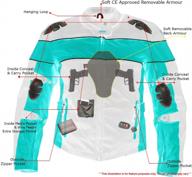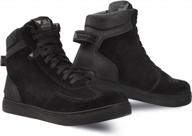I decided to write a review because I was lucky enough to test tires on a mountain road with the stabilization system turned off - I have never been in such conditions. The surface was cleared with a dump after a snowfall, in some places ice, snow, sprinkled with sand, a constant downward slope, lingering arcs and hairpins. Conventionally, a normal start from a place without problems - slipping is minimal or completely absent, it crawls willingly even under gas, long turns in the descent allows you to pass both under gas release with course correction by the steering wheel, and under impulse gas with skidding, counter-shift works out, from skidding allows you to go out predictably, for 10+ laps it never turned around and there was no outright loss of control. In the open area, there were moments with the loss of grip in turns on rolled ice - you had to set the wheels straight and wait for the friction force to do its job. I repeat, this is stabilization turned off and planned active driving. In normal winter conditions with a reasonable driving style and stabilization turned on, it's calm as summer, I have no other comparison.
Well, general info:
I ride the third season, a different-wide set 245/45/18 in front and 275/40/18 in the back, whose production I won’t say as a keepsake. Auto rear-wheel drive, 360 forces / 500 torque on automatic transmission. Mileage for the season is not more than 5000 kilometers - it will be important for someone.
I operate tires in a ratio of 90/10 city / countryside, very quiet (in the summer Michelin Pilot Sport 5), I set the pressure according to the book, I don’t feel the track, cuts porridge between lanes, rows snow piles in the yards, ESP and ABS work quite rarely in appropriate situations , there were no damages and problems with balancing. Before that, I skated R2 on another car for 4 seasons, which by the end had already ceased to hold, but still had interest in the secondary market and definitely traveled for a season or two - R3 is no worse.







